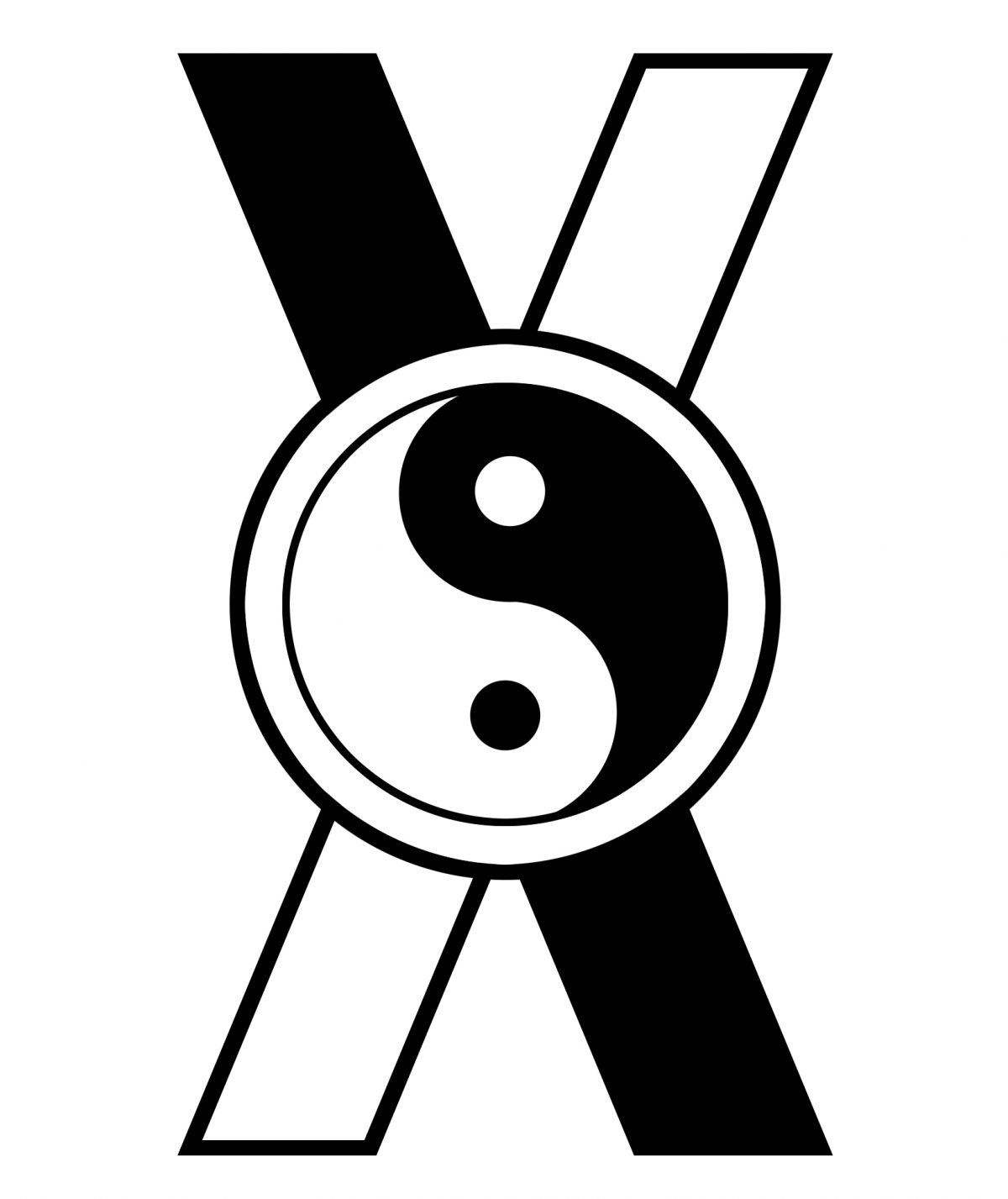Art Connects us, art is part of bigger things.
Digital collage is one of my artistic media, and one that I didn’t expect to become such. I originally picked it up for my work in zines, and then it just became “my thing.” Now I regularly examine public domain art resources, usually museums, for interesting images and such to work into my mashups.
My collage work is, for those aware of it, rather surreal. This originated out of my early zine days, punk, and the Church of the SubGenius. It was honed by an interest in alchemical and spiritual diagrams of yore and the Surrealists themselves. I combine images from across the centuries to create something new – many times something that surprises me as Surrealist work is Rorschach blots in reverse.
Once when poking around for some backgrounds to work with and inspire me, I searched the Welcome Collection, I stumbled across a lot of lovely, colorful prints. These were meant to be part of something called a “Toy Theater,” which I’d never really heard of. So I took a break from my art-searching to learn a little history.
Toy Theaters, to judge by the Wikipedia article I found and the art I had discovered were “a thing” in the 19th century, with interest surviving to this day. You could buy backgrounds and kits at theaters and operas, scripts were available, and there were of course fancier and self-made versions. Imagine going to the theater and then your parents buy you the kit so you can reenact the story you saw!
Toy Theaters, to an extent, were the same as merchandise and action figures we know from our mass media movies, albeit more personal. You’d assemble your own theater, you might customize it or alter it, you may even have cutout actors based on people you had seen the night before. They were also stages of the imagination.
Despite having scripts and the like, we all know people like to create. I’m sure over the decades that there were romances and battles and skulduggery among casts that would never have met. I’m sure people got silly, had fun, or got serious. They could mash things up, do things there way.
Then, across the decades, I realized they were like me.
Here I was, looking at images of Toy Theater backgrounds, finding inspiration just as someone would unpacking their Toy Theater kit. I combined disparate elements in a fury of inspiration, no different than someone playing with the Theater or taking a stab at the equivalent of fanfiction. There, across ages, I was doing the same thing that those people with their Toy Theaters did – creating my own world out of the parts.
Every artist who’d made these backgrounds and printer who’d printed these prints was having their work still used by people like me. Every parent who lovingly saved their child’s toys, toys which eventually were donated to museums, were seeing their effort live on in how that art was seen and used.
I felt both small and large, part of something bigger but also just me, there, a guy behind a computer playing with graphic programs.
Art, art has so many connections that it lets us feel the largeness of it all. A hundred years ago a family happily assembled a Toy Theater. Now I create strange and wonderful surrealist work. And we’re all the same, part of the same thing.
